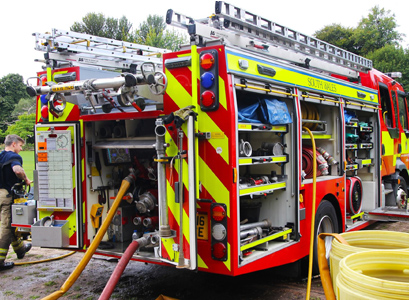The U.S. Federal Communications Commission (FCC) is reconsidering the use of the 50 MHz, 4.9 GHz band dedicated for public safety. At its meeting on March 22 (2018), the five-member commission unanimously adopted a Further Notice of Proposed Rulemaking (FNPRM) seeking technical comments on “greater use of and investment” in the band.
Behind the decision: fewer than 3,200 licenses have been issued for the band, which was established in 2002, despite some 90,000 public safety entities eligible for licenses. The FCC said difficulty in acquiring equipment, the cost of deployment and potential interference as reasons cited for the low usage. Nonetheless, scarce spectrum not fully used could possibly be shared with other applications.
In a statement supporting the decision, FCC chaiman Ajit Pai said, “According to the Commission’s licensing database, only about 3.5 percent of potential licensees have actually taken advantage of the 4.9 GHz band. Considering the massive demand for mobile services, and the consequently massive demand for spectrum, preserving a lightly-used 4.9 GHz band isn’t an option.”
Although 50 MHz isn’t a lot of bandwidth in the era of 5G, the FCC is wondering whether the band can be shared between public safety and other applications without degrading public safety operations.
In a release discussing the FNPRM, the Commission said its goal is “to promote increased public safety use of the band and protect users from harmful interference while opening the spectrum to additional uses that will encourage a more robust market for equipment and greater innovation.”
We believe that we will unleash the potential of this band with the proposals we consider here, from aggregating channels into larger blocks to facilitate broadband use to opening the door to more spectrum sharing. — Ajit Pai

